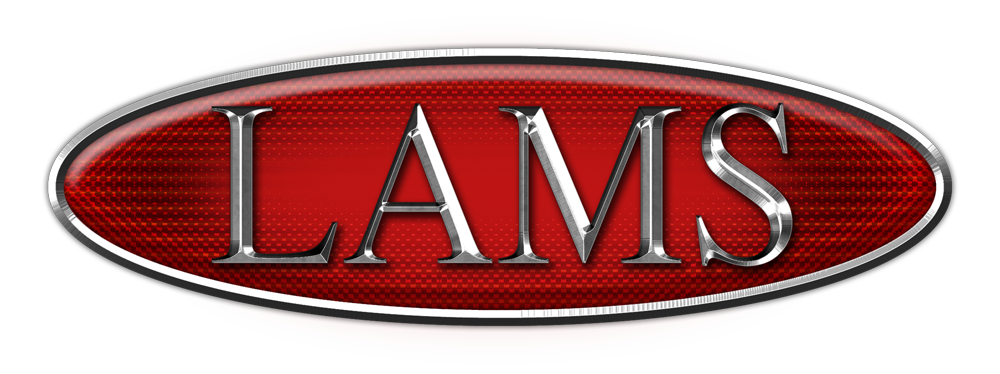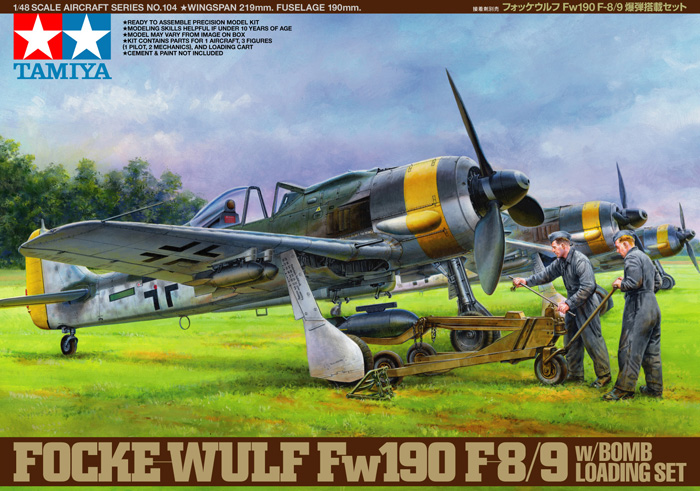
Early in WW II, the Junkers Ju-87 Stuka served as the Luftwaffe’s primary dive bombing and low-level strafing platform. However, the Battle of Britain had shown it was hopelessly obsolete when engaged with more modern aircraft, and a suitable ground attack replacement had to be found. Of immediately available aircraft, the Messerschmitt Bf-109’s narrow-track undercarriage was unsuited for the Eastern Front’s uneven and unprepared grass airfields, especially with ventral and underwing racks and stores. However, the Focke Wulf Fw-190’s wide-set undercarriage, armored ring in front of its air cooled engine, and performance at low to medium altitudes offered the perfect solution. With minor factory modifications, some Focke Wulf Fw-190A model fighters became F model ground attack aircraft.
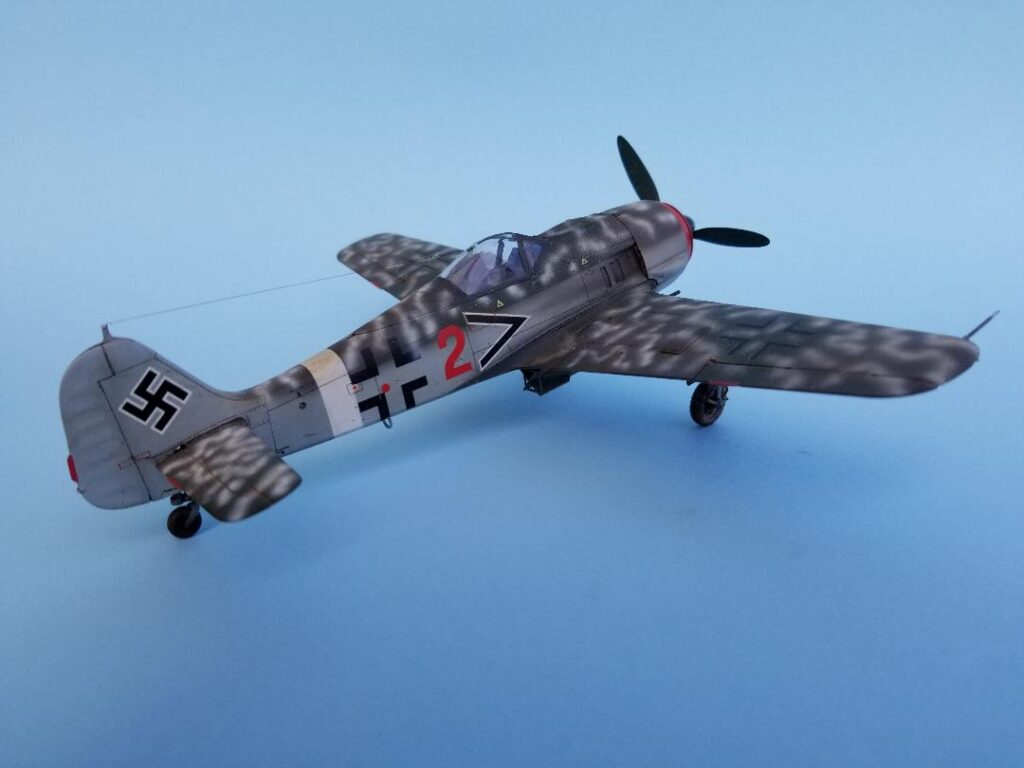
I picked up a Tamiya 61104 Focke Wulf fW-190 F8/9 kit at a local club’s “distressed kit” auction, but, unfortunately, it included a damaged left fuselage half and other missing parts. Luckily, I was able to find an inexpensive, older Tamiya 61039 Focke Wulf Fw-190F-8 kit to donate the required parts.
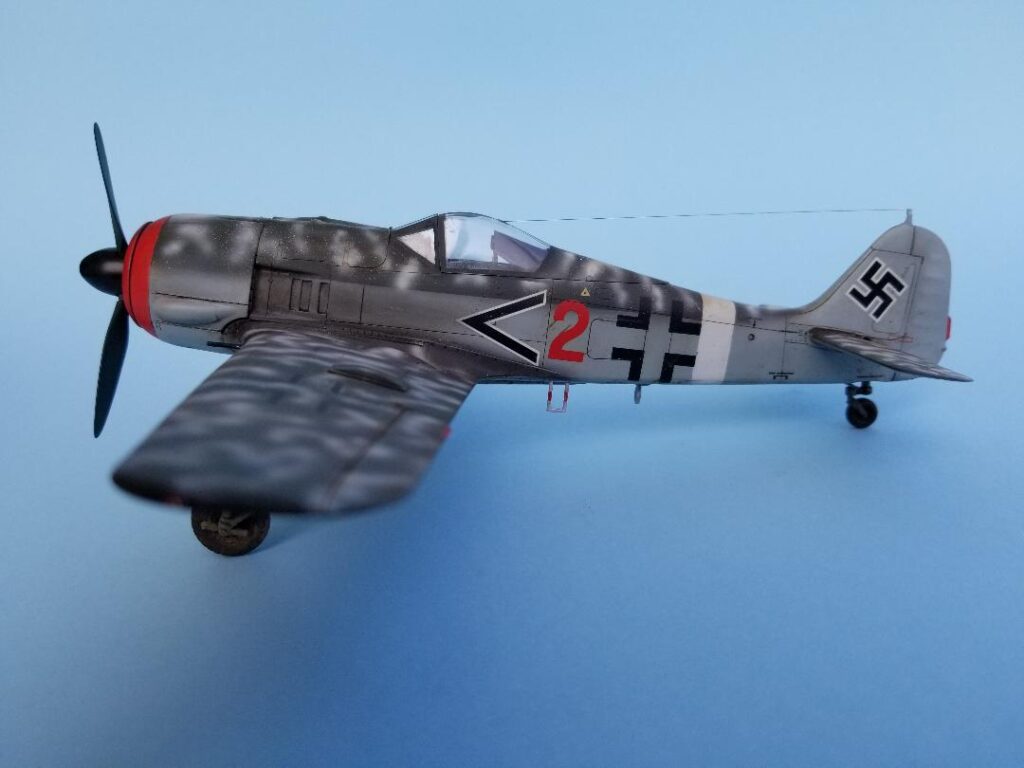
This model depicts a Focke Wulf Fw-190F-8 ground attack aircraft of II/SG 2 stationed at Gorgenyoroszfalu, Hungary in late winter 1945.
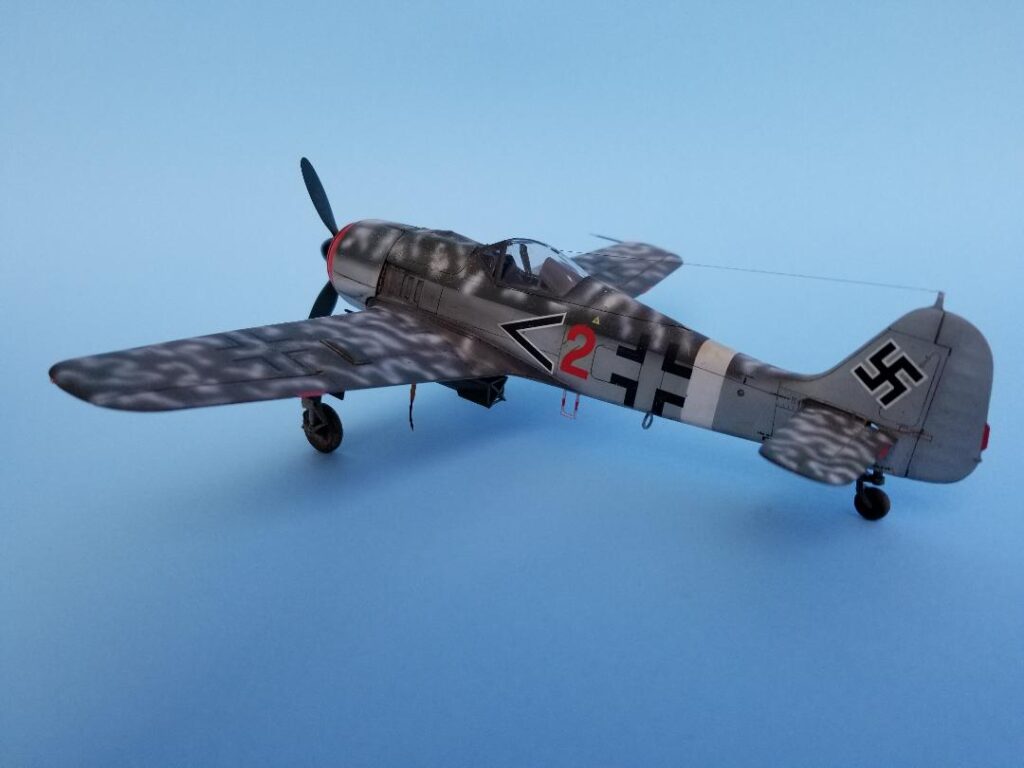
The model was finished with Tamiya acrylic paints. While not visible in the accompanying photos, it has been extensively weathered, especially underneath where mud and debris would be thrown up by the wheels. Completed mostly out of the box, I did include a True Details 48488 Fw-190F-8 Resin Cockpit and added brake lines to the wheel struts, drilled out the gun barrels, and added a radio antenna wire.
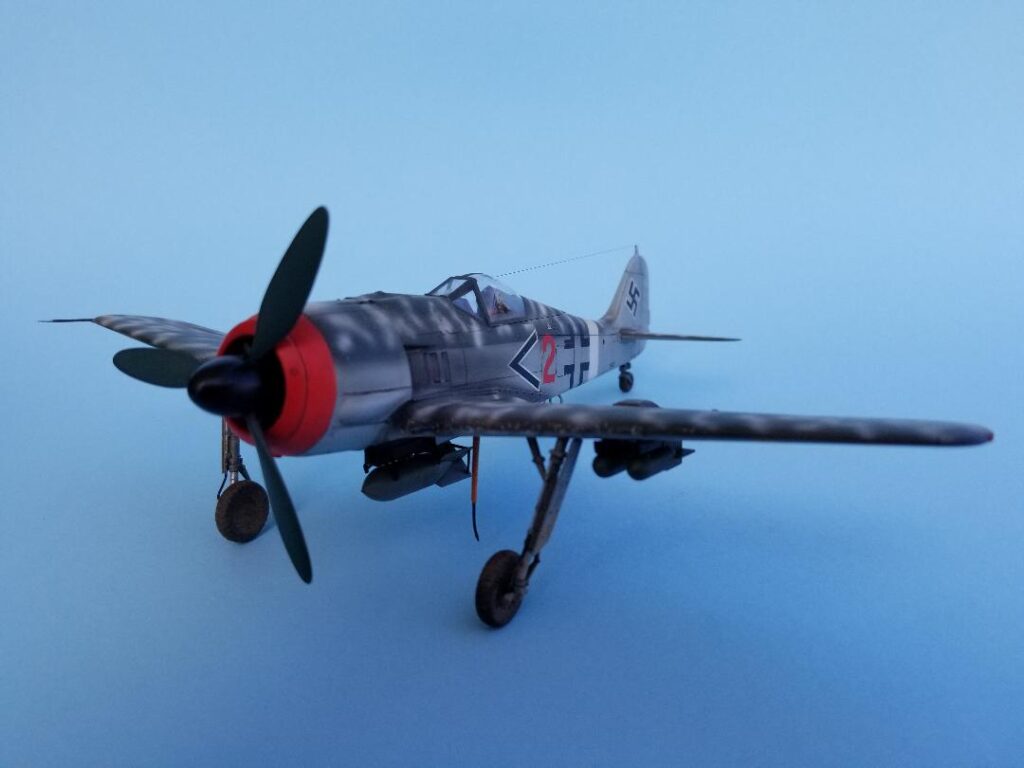
For me, this was a practice build that enabled me to experiment with winter white wash camouflage and weathering techniques, and prepare me for tackling the beautiful Eduard 82139 Fw-189F-8 kit currently in my stash.
